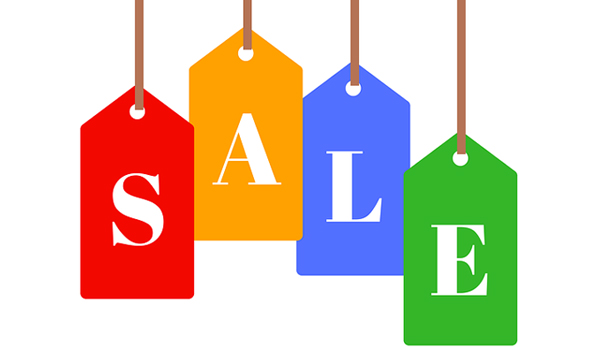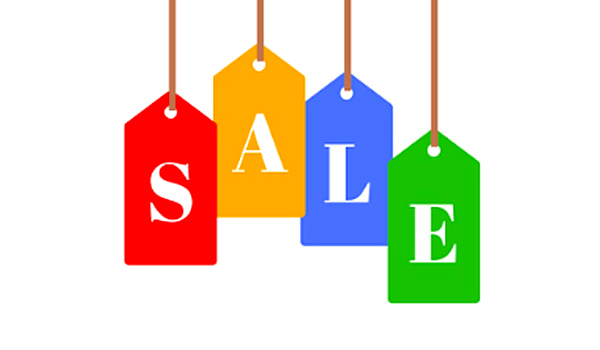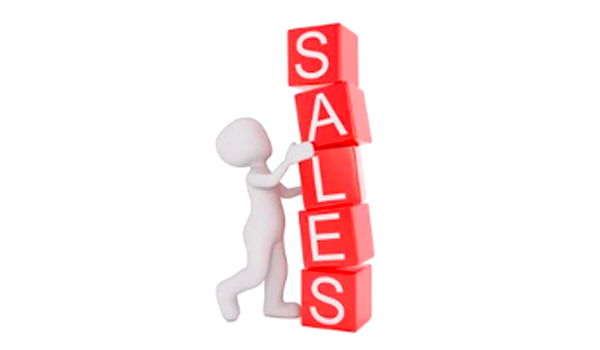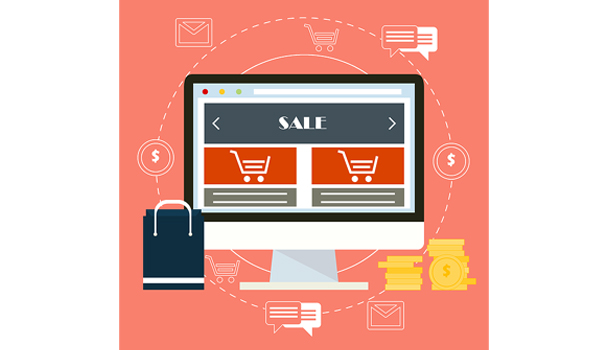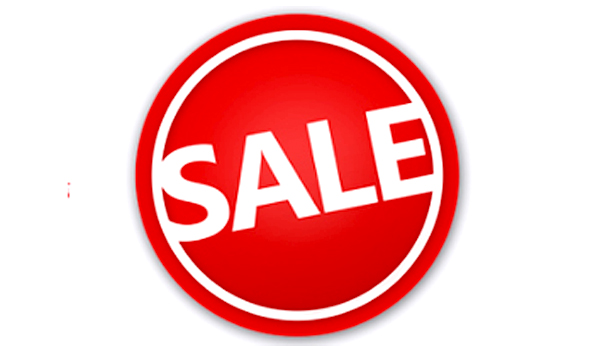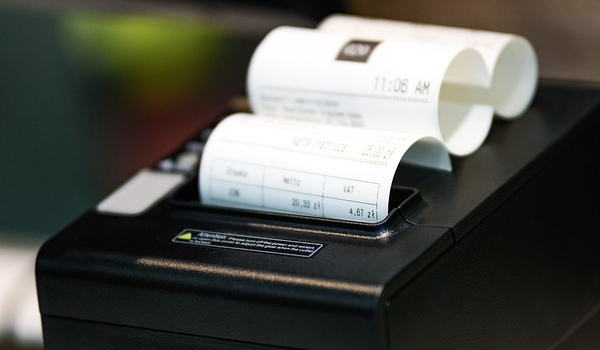Unlocking Success: The Vital Role of Effective Sales Pipeline Management in B2B Businesses
A visual representation of the process that is used to convert a lead into a prospect, a prospect into a new customer and a new customer into a loyal customer is known as a sales pipeline.
Updated: September 22, 2023
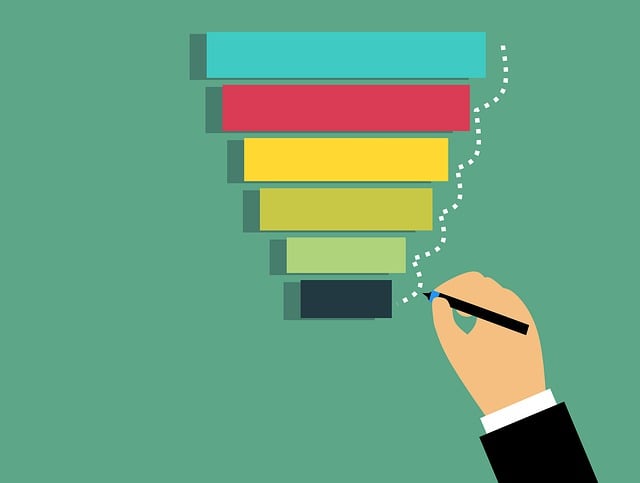
Effective sales pipeline management is surely essential to the success of any B2B business as it largely contributes to your stability and success in the long run.
What is a Sales Pipeline?
A visual representation of the process that is used to convert a lead into a prospect, a prospect into a new customer and a new customer into a loyal customer is known as a sales pipeline. Business owners and operators will be able to understand their preparedness for keeping a full roster of customers even when their current customers drop off or take their business elsewhere by the help of this type of model.
Defining the sales pipeline of your business as part of your B2B sales process helps to ensure that no leads are left hanging. It can be ensured that you have enough customers to not only sustain your business but also to grow and scale it to reach your business goals.
The importance of B2B sales pipeline management:
A sales cycle is one of the many cycles that businesses go through. Some businesses experience seasonal changes and others just cycle through customers naturally. You need to keep a pipeline of leads moving along so that you never face a shortage of supply that could be fatal for your business. You will be able to continuously make sales by managing your B2B sales pipeline properly, even when a regular customer drops off. It will help you to keep things afloat even if you lose some business by having an effective B2B sales pipeline with a safe number of leads.
Building an effective B2B sales pipeline:
Although, is not complicated to build a pipeline, but it is required to follow a series of basic steps. You should start by prospecting and qualifying leads before you make a proposal, and then move into negotiations and closing. You will need to nurture the client once the sale is closed so that you can retain their business. Always remember to keep your ideal client in mind when moving through this process. You should have a clear understanding and idea of who you serve and how you can serve them.
Prospecting:
Prospecting stage the first part of your sales pipeline. You have to be very intentional in finding the businesses that you are going to sell. You should look for clients that meet your ideal customer persona in terms of who they are, what they need, why they need you, what kind of budget they have, etc. There is no singular approach for prospecting.
It is very common for B2B wholesalers to meet prospects at tradeshows and industry-specific events although a lot of business is not being done in-person. Connections and follow up are generally made with the leads after the event by salespeople. However, much of this networking has moved online after the outbreak of the COVID-19 pandemic. LinkedIn, Facebook and other social platforms are used by professionals to currently meet one another. Online B2B marketplaces can also be used to find and engage buyers by launching your digital storefronts and participating in virtual tradeshows.
Calling, interacting through webinars and online forums, asking for referrals from partners and people in your network, and positioning yourself as an industry leader are some of the other prospecting approaches. Nurturing leads and not selling right off the bat is one key tip for prospecting. You should to know your prospects very well and build trust relationships.
Qualification:
You should make sure that the business is truly a qualified lead before creating a proposal to pitch your offer to a lead. Make sure that they fall into your target market and match your ideal client profile by doing research to find the answers for question like will your offer truly help this business?, can they afford or willing to buy from you? are they completely legitimate?.
Your lead is allowed to express their wants and needs, and you will be able to determine quickly if your business can help them with discovery calls. You should also determine your point of contact is simply a liaison or a decision-maker at this stage. Your goal should be to get close to the decision maker if you cannot speak with them directly.
Proposal:
It clearly says what you can offer the customer, how that will benefit them and why they should choose you for their business in the proposal stage of the sales pipeline. Proposals may be different from industry to industry, but the following information need to be included for wholesale proposals.
- The purpose: The prospect should know what you can offer them.
- Objectives: The customer should know what they will achieve by entering this deal.
- Perks and benefits: Financing options, rewards program, and guarantees need to be included so that customers know why they should choose you over your competitors.
- The process: An outline of the process of buying from you that includes placing an order, payment, shipment, delivery and anything in between should be provided.
- Pricing: The desired quantity and how much it would cost the prospect to buy for you should be included.
- The next steps: Prospects should know how and what to do if they are ready to move forward.
Photos and videos are valuable elements of a proposal for businesses selling physical products. A nice touch is added with product demos that show your items in action. You need to brand your proposal, and make it professional looking. You should heck for grammatical errors and typos.
Follow up after a few days to confirm receipt and ask if there is any additional information that you can provide to help them make their decision if you don't hear a response from the prospect.
Negotiation:
Negotiation is a common part of the sales cycle in the B2B marketplace as often buyers come back with a counteroffer to your proposal. You can negotiate with the business to work out a deal that will benefit both parties. Price, guarantees, minimum order quantity, shipping costs, turnaround time and discounts for orders of certain quantities can be negotiated.
Counteroffers and crunching numbers should be recommended to make sure they make sense for your business. Cutting even a small amount in profit on a single order could result in more of additional profit over the next several years, if you are able to sustain the relationship with the client for years. Counteroffers that has the probability of putting you in loss should not be accepted.
There will likely be a lot of focus on money when you go through negotiations. Make sure to remind the buyer of the non-monetary perks and benefits that you mentioned in your proposal. Throw in additional benefits where it makes sense if possible.
You should also not rush the negotiation. Enough time and the space should be given to both the buyer and yourself to understand the implications of the deal. Keep it in mind that your customer might need some time as you are probably dealing with high ticket orders for B2B wholesaling in particular.
Closing:
It is time to close the deal when negotiations are done and you find a common ground with the buyer. You will need to send everything in writing and collect the payment before the deal is officially closed since a verbal commitment is not a commitment. However, this is not as simple as expecting the prospect to pay after sending an invoice. You need to ask the prospect if they have any more questions about the deal and let them know that you are sending the contract for them to review and the invoice to pay so that you can process their order.
It will depend on your interactions with the prospect up until this point that how this specific information is presented. Keep the things more casual if it have been very casual. You need to match their level of excitement if the client is very eager to move forward. You should do what you have to do to close the deal after reading the situation. Thank the client and express your excitement to move forward in your working relationship once you receive the payment.
Retention:
Closing the deal is just the beginning. You should keep a client for the long run as it is very valuable for your business. A steady income is there when you work with long-term customers and it also eliminates having to go through negotiations and other onboarding processes again and again. Therefore it is easier to work with them once you get into a flow with one another.
Producing the product as promised is one of the easiest ways to retain clients. The quality of your products should be high, and the communication paths should be clear. Show your customers how much you appreciate their business by not missing deadlines.
You need to go the extra miles to personalize the experience of your customers aside from simply doing a good job. You can send gifts for the holidays or to recognize major milestones in the company. Birthday cards can also be send to their point of contact for a company. Appreciation of customer can also come in the form of occasional bonuses and discounts just to say 'Thank you'. These little things can go a long way to show your customers that you value them.
B2B sales funnels and their relation to sales pipelines:
Sales funnels and sales pipelines are not the same. These two are often confused because sales pipelines are often visually represented as a funnel. A digital marketing tool that automates lead generation is known as a sales funnel. Four primary stages including awareness, interest, decision and action are used by sales funnel.
If information is simply presented to a target audience that can irritate their interest. When they further they dive into the information, they get closer to make a decision. They will face with a call to action that pushes them to convert from lead to customer.
Sales funnels are very commonly used by both B2B and B2C entrepreneurs. Digital marketing practices like search engine optimization (SEO), search engine marketing (SEM) and social media marketing (SMM) are used by businesses to reach their target audience.
Sales pipeline refers to the tracking of prospects and customers in your sales cycle whereas sales funnel refers to a digital marketing tactic. Sellers are required to foster relationships with their leads and prospects to close the deal for both sales pipeline management and operating a successful sales funnel.
Common Challenges in Sales Pipeline Management:
Several challenges are faced by B2B sellers when it comes to pipeline management. Many businesses struggle with prospecting which is the biggest challenge. Approaching them may be difficult even if they know where to find leads. This is especially true since people often ignore or dismiss cold calls, emails and DMs as they are hardened to these things.
Prospects and leads can easily slip through the cracks and become lost sales which is another issue. This happens because enough attention is not paid by many sellers to the leads and they do not adequately communicate their offer or they push the offer too soon.
It takes time and effort to turn a lead into a customer. Professional relationships must be build and nurtured, and some are simply not equipped to do so. It will help by sharpening your sales skills. But, using external resources and online tools may help many businesses patch up any holes in their sales pipeline.
eCommerce as a Solution to Sales Pipeline Challenges:
B2B eCommerce is rapidly growing due to lockdowns and setbacks caused by COVID-19. Sellers are provided with the tools they need to skate through sales and grow their businesses with ease in B2B platforms or online marketplace. Buyers can connect with sellers in these platform and these genarally have a fully loaded backend suite that will help make the entire process much easier for sellers. Demand forecast reports, detailed market analytics, CRM tools for managing fostering relationships with clients, and more are included as features in these marketplace.
B2B marketplace provides a consistent flow of qualified leads which can really take the weight off from the shoulders of a seller in addition to work as a tools for sales pipeline management. Professional services and support can also be provided by knowledgeable account managers throughout your entire seller journey, from onboarding to drive sustainable results.
